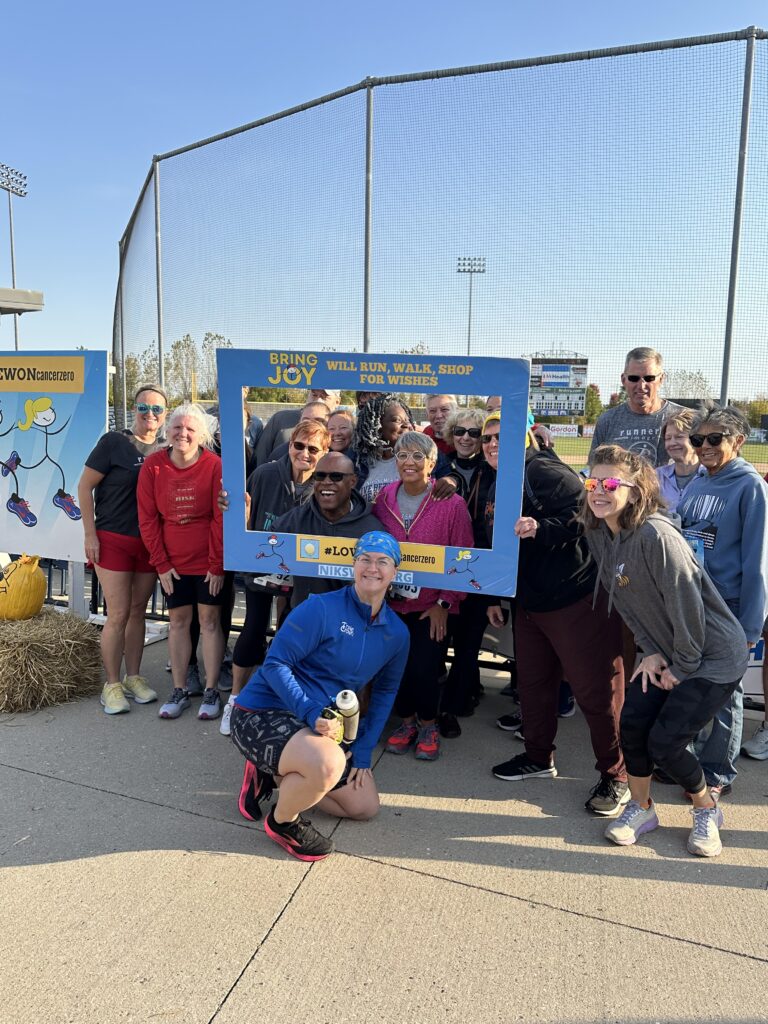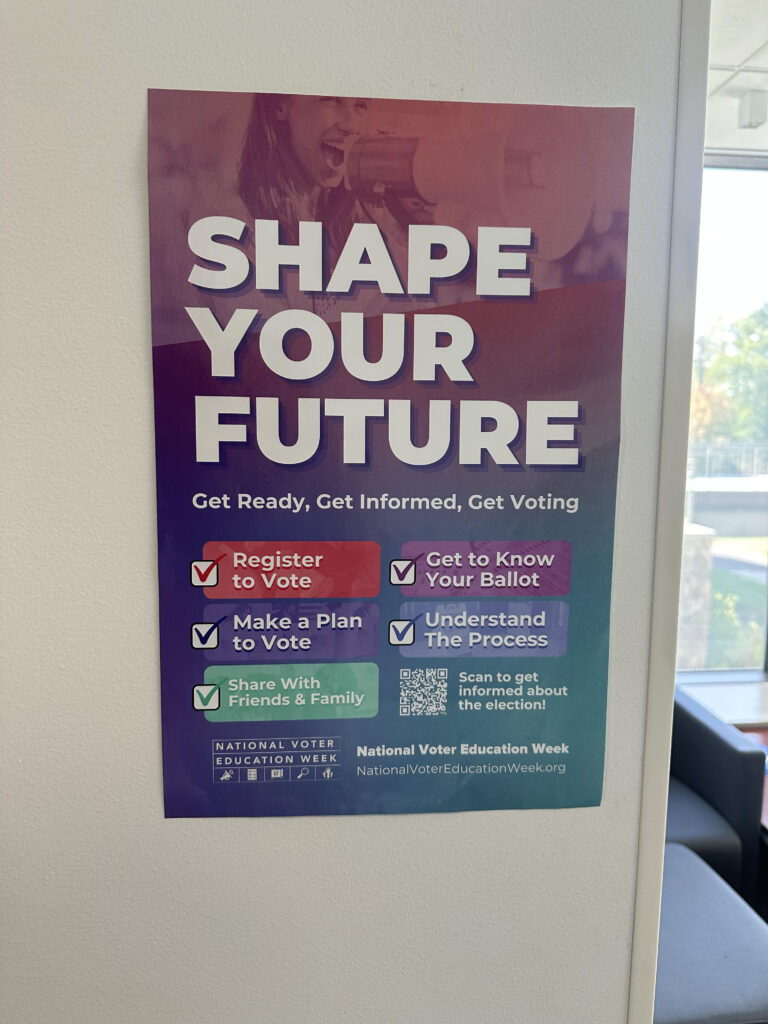
President Donald Trump speaks to members of the media before boarding Marine One on the South Lawn of the White House in Washington, Sunday, Nov. 4, 2018, for a short trip to Andrews Air Force Base, Md., and then on to Macon, Ga., and Chattanooga, Tenn. for rallies. (AP Photo/Andrew Harnik)

In 2016, we saw one of the most unprecedented and most unlikely of outcomes in our presidential elections. The rhetoric, candidates, and debating styles were all key factors that either have changed drastically up until that point, and in some cases, took on a new form. Today’s political climate is one that is extremely polarized, one that is split and divided so much among our partisan lines.
We’ve seen new forms of radicalism on both sides, with the rise of the alt-right movement to the emergence of anti fascist groups like ANTIFA. Add the readily available twitter opinion of every so called expert at the fingertips of more Americans than ever before, and you have the perfect recipe for political polarization. So, we’ve taken noticed of a glaring issue within American politics, what should we do about it?
One of the first steps is identifying where the root of this problem lies. This question was brought up in my political science class here at RVC and an interesting discussion came about it. Some thought that mainstream media played a large role, and others thought the rhetoric of the candidates is what ultimately created the schism that so far divides what is, or was, a united country.

When the general election had been finalized, both candidates were not the most popular among both party platforms. Some Democrats were upset that Hillary Clinton had pushed out Bernie Sanders where some Republicans disliked Donald Trump’s rhetoric and debating techniques. In any case, both candidates were so far the opposite of each other that the polarization within the country after the election was almost predictably inevitable. Not only was there division between the two major parties, there was division within the parties themselves. However, the GOP and most Republicans embraced the fact that Trump had secured the presidency, and hopped aboard the Trump train. This was most likely for partisan reasons but in any case, Trump had managed to garner the support of 63 million Americans and has since turned all federal branches red.
After such a large upset for the Democrats, there seemed to be little to no common ground for politically active citizens. Those that politically identify as centrists, populists, or slightly leaning voters were drowned out even more than they were before. The rioting, protests, and censorship on social media are all clear evidence of this.
In the recent Kavanaugh hearings, mob rule seemed to dominate the stage, giving some sort of justification for smearing a man’s reputation and his family over baseless accusations with no corroborative evidence. The slanted media coverage of this and the 2016 presidential election has given citizens even less incentive to trust or believe what is being reported (pj_14-10-21_mediapolarization-01). Whether the fault lies within the media or the candidates that run for office, it is ultimately up to ordinary citizens to bridge the gap.

After getting a clearer distinction as to where the problem originated, the next step now is to face reality. There was, or at least at the time, a large group of people on the left that simply refused to accept that the President Trump had taken office and was now the presiding leader of our nation. Accepting this simple fact for some can be the hardest part, but it is a requisite for any sort of progression.
Soon after that, figure out where you stand politically. For the majority of people, it can be a matter of a few simple questions to know where you stand on the political spectrum. As nuanced and complex as politics can seem, it can be boiled down to preferences on how things should be run or what policies you think are best for yourself and the rest of America.
This is not true in all contexts however, and this is where the media can play its largest role: reporting the truth. This, for example, was the one deciding factor that could have turned Brett Kavanaugh from a gang raping degenerate, to family man and associate justice on the Supreme Court. Context and truth matters, and where you get your information from, makes all the difference.

Once you get an idea on where you stand on most political issues, talk about them.
One of the biggest misconceptions about talking about political issues with other people is that you won’t ever agree with them. One of the students in my political science class that I mentioned earlier stated that no matter how uncomfortable or seemingly divisive an issue can be, having the conversation is the first, if not the biggest challenge in overcoming political polarization. Chances are, you might find more common ground with your peers than you think.
Fostering the idea of free speech and discourse has become more prevalent now more than ever in the age of social media censorship, political correctness, safe spaces, and so called hate speech, many of which that occur on almost every college campus in America.
Want to fix polarization? Start talking about it.

Stand firm in what you believe, but be open-minded enough to hear out the other side. It’s up to us to start the conversation.








